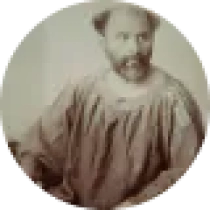 1862 - 1918
art nouveau
1862 - 1918
art nouveau
Description Gustav Klimt
Gustav Klimt, born on July 14, 1862, in Baumgarten, Austria, emerged as a key figure in the Viennese Secession, reshaping the artistic landscape of the late 19th and early 20th centuries. Raised amidst the cultural ferment of Vienna, Klimt's artistic journey epitomized a synthesis of tradition and avant-garde innovation.
Klimt's early career was marked by collaborations with his brother Ernst and friend Franz Matsch, forming the company "Künstler-Compagnie" that secured decorative commissions. However, the turning point came with the formation of the Vienna Secession in 1897, where Klimt's vision aligned with the movement's commitment to breaking free from artistic conventions.
As a founding member and president of the Secession, Klimt's art underwent a radical transformation. His "Golden Phase," characterized by intricate gold leaf patterns and symbolic motifs, produced iconic works such as "The Kiss" and "Portrait of Adele Bloch-Bauer I." These masterpieces blended Byzantine influences with Symbolism, marking Klimt as a visionary.
Klimt's exploration of the female form, often adorned with symbolic and ornamental elements, reflected his fascination with psychology and sexuality. His portrayals, like "Danaë" and "Judith I," were not mere representations but profound explorations of human desire and agency.
Despite controversy surrounding the explicit nature of some paintings, Klimt garnered international acclaim. However, his artistic evolution continued, evident in works like "The Tree of Life," where symbolism and allegory intertwined to convey themes of regeneration and interconnectedness.
Klimt's personal life was as complex as his art. His relationships with women, including his muses and models, added layers of intrigue to his biography. His untimely death on February 6, 1918, during the Spanish flu pandemic, marked the end of a prolific career.
Gustav Klimt's legacy transcends the temporal boundaries of the Secession era. His art, a harmonious blend of beauty and symbolism, remains an enduring influence on subsequent generations. Klimt's exploration of the human psyche, his dedication to breaking artistic norms, and his ability to capture the zeitgeist of fin-de-siècle Vienna ensure his indelible place in the annals of art history.
Gallery
Paintings Gustav Klimt
Quotes
All art is erotic.
I can paint and draw. I believe this myself and a few other people say that they believe this too. But I'm not certain of whether it's true.
Art is a line around your thoughts.
Whoever wants to know something about me, they should look attentively at my pictures and there seek to recognize what I am and what I want.
I am less interested in myself as a subject for painting than I am in other people, above all women... There is nothing special about me. I am a painter who paints day after day from morning to night... Whoever wants to know something about me - as an artist which alone is significant - they should look attentively at my pictures and there seek to recognize what I am and what I want."
F.A.Q Section
"The Kiss" (1907–1908): An iconic painting depicting a couple embraced in a golden moment of intimacy.
"Portrait of Adele Bloch-Bauer I" (1907): A striking portrait of a Viennese socialite, known for its opulent use of gold leaf.

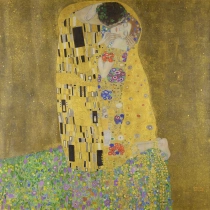


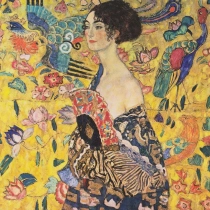
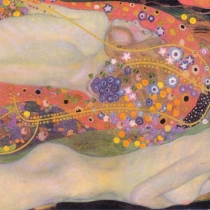
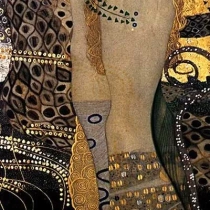
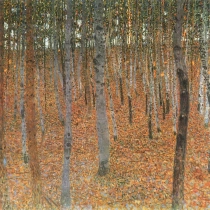

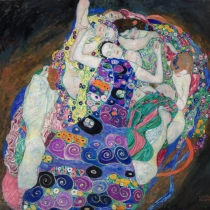



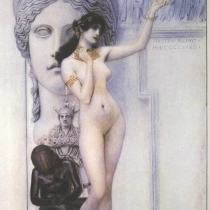
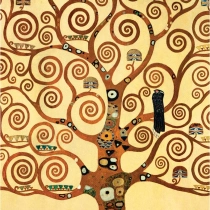


No Comments Yet...